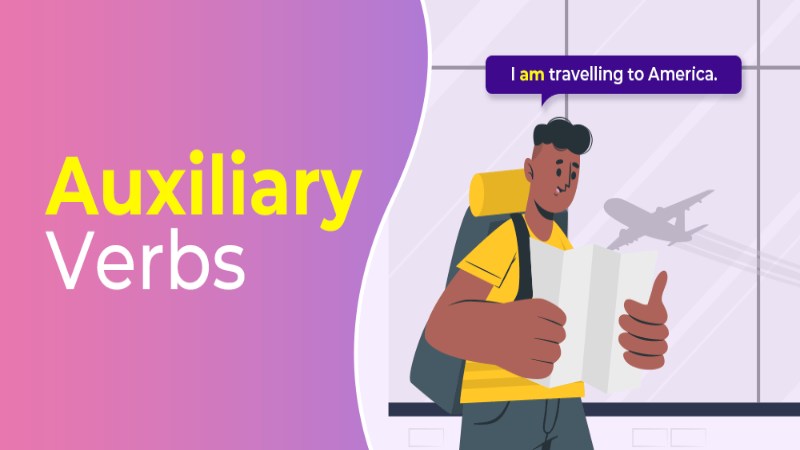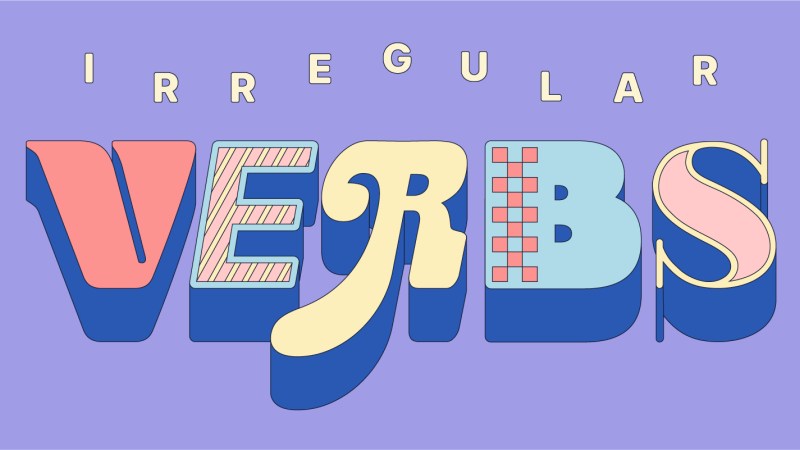
附加问句的作用
附加问句放在叙述句的最后面,来把叙述句转换为疑问句。我们通常使用附加问句来确认您认为您知道或您认为是真实的事情。附加问句的中文翻译,几乎均可译为“对吗”/”是吗”。
附加问句的形式
使用与主句相同的助动词。如果没有助动词,现在式用 do ,过去式用 did。并且一定要在附加问句之前加一个逗号,并在句末使用主语代名词(I, you, he, she, it, we, you they) 。
You are his sister, aren’t you? 你是他的妹妹,是吗?
She will be there, won’t she? 她会在那里,是吗?
You study here, don’t you? 你在这里学习,是吗?
Mike used to live in England, didn’t he? 迈克以前住在英国,是吗?
如果主句是否定的,附加问句要使用助动词肯定式。如果主句是肯定的,附加问句则使用助动词否定式。
You enjoy it, don’t you?
You don’t enjoy it, do you?
aren’t I?
注意当我们有一个肯定句含 I am, 附加问句是 aren’t I?
I’m totally wrong, aren’t I?
英文中的附加问句: aren’t you? don’t you? – 练习题



Comments